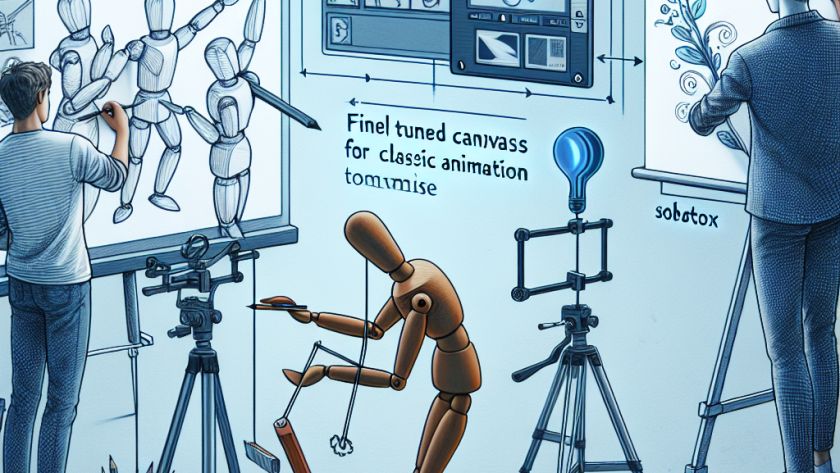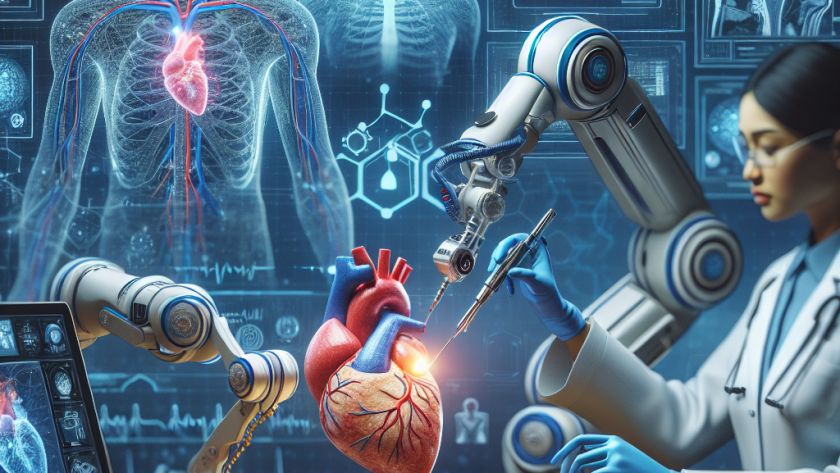Justin Solomon, an associate professor in the Department of Electrical Engineering and Computer Science at the Massachusetts Institute of Technology (MIT), is making use of modern geometric techniques to address intricate problems, many of which don't appear to be linked to shapes. He extrapolates from the foundations laid more than 2,000 years ago by the…












